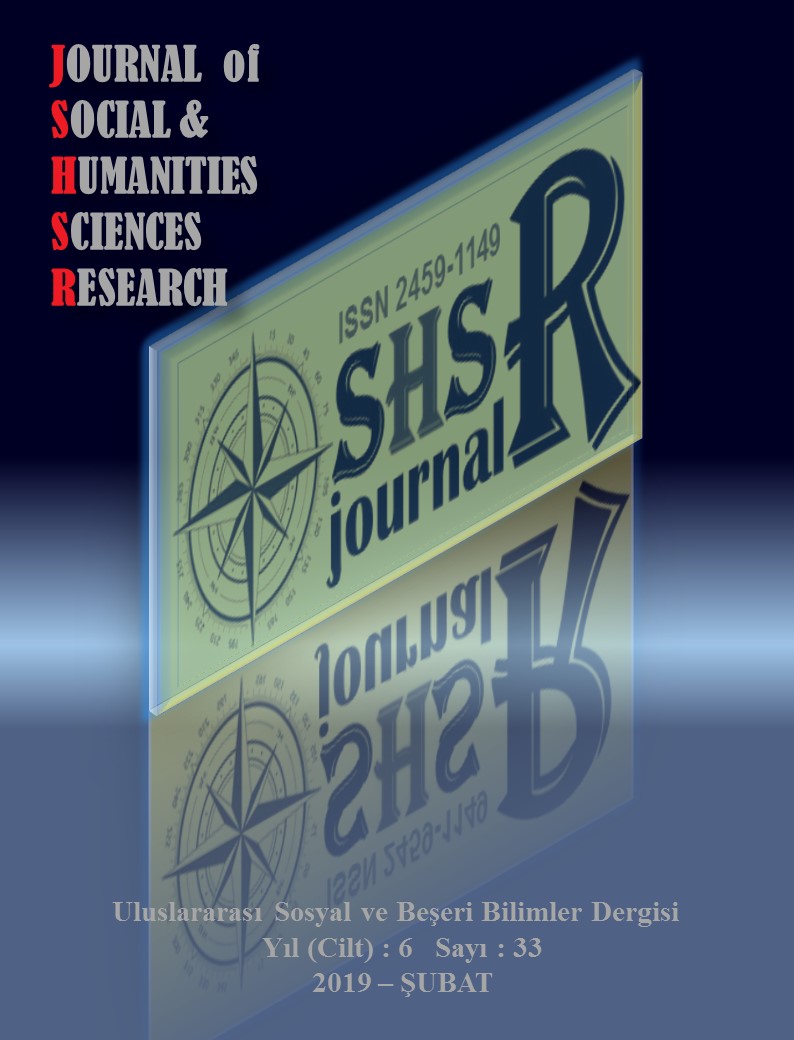THE EFFECT OF PICASSO AND BRAQUE ON THE INTRODUCTION OF WASTE OBJECTS TO THE ART OF PAINTING
DOI:
https://doi.org/10.26450/jshsr.1104Keywords:
Cubism, Waste Object, CollageAbstract
The continuous advancement of technology in the Industrial Revolution process, the development of all kinds of tools we use in our daily lives, the discovery of means of communication, transportation and new scientific studies, as well as the fact that one day the current resources of our world can end and the future of the world is in danger. For this reason, the idea of using the garbage heap left behind by the industrial revolution as an additional resource has been developed and waste objects have been used in many areas from industry to everyday life. Waste object use has entered the field of use of art as in many areas of life and has caused significant innovations. The new wave created by the French Revolution and the Industrial Revolution was a front for significant developments in art at that time, and instead of traditional forms of expression, it left New art concepts and new materials. The idea of Modern Art, which began with Impressionism, has reached a new reality with the description of nature such as spheres, cones and cylinders, and has led to the birth of Cuba under the leadership of Picasso and Braque. Cubism is important for the first time in terms of the use of a waste object in an art work, except for brush and paint on the surface of the painting. Picasso and Braque combined the waste object with their own arts in collage, Decolages and Assemblages and presented it as an original interpretation. After Cuba, the waste object, which has been used by many art movements such as Dada and pop art, continues to be the preferred material by artists as one of the most important artistic materials in our day.
Downloads
Published
How to Cite
Issue
Section
License
Copyright (c) 2019 INTERNATIONAL JOURNAL OF SOCIAL HUMANITIES SCIENCES RESEARCH

This work is licensed under a Creative Commons Attribution 4.0 International License.


